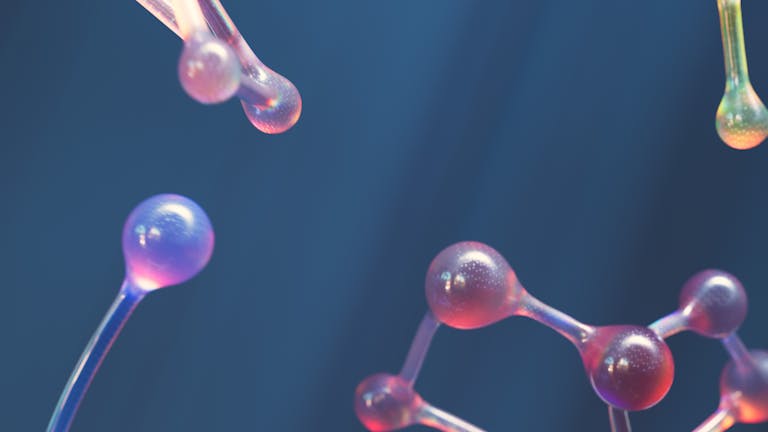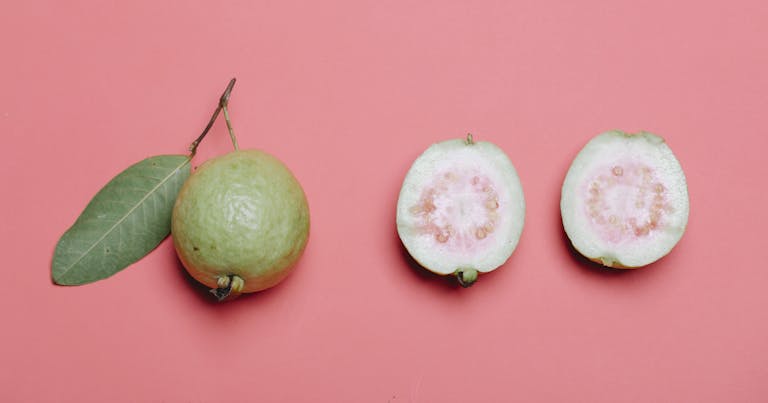The Chemistry Behind Civet Coffee: What Makes It So Unique?

Civet coffee — often called kopi luwak — has fascinated coffee lovers and scientists alike for decades. Known as one of the most expensive coffees in the world, fetching over US $1,000 per kilogram, it owes its reputation to a rather bizarre origin: the beans are collected from the feces of the Asian palm civet (Paradoxurus hermaphroditus). A new scientific study published in Scientific Reports in October 2025 now gives us a clearer look into what actually makes civet coffee chemically different from regular coffee — and why that difference might influence its flavor.
What the Researchers Did
The study, titled “Civet Robusta and natural Robusta coffee are different on key fatty acid methyl esters and total fat,” was conducted by Ramit Mitra, Palatty Allesh Sinu, and colleagues at the Central University of Kerala, India. The team wanted to settle a long-standing question: Does the civet’s digestive process really change the chemistry of the coffee beans?
To find out, the researchers collected 68 samples of civet feces from wild civets living across five coffee estates in Karnataka’s Kodagu (Coorg) district — one of India’s prime coffee-growing regions. Each estate grows Robusta coffee, a species known for its strong, earthy flavor and higher caffeine content compared to the milder Arabica variety. For comparison, they also gathered ripe coffee berries picked manually from the same estates.
Once collected, all beans — both the civet-derived and manually harvested ones — were thoroughly cleaned, dried, and ground for chemical analysis. Importantly, the researchers analyzed unroasted beans, since roasting can dramatically alter a coffee bean’s chemical structure through reactions like caramelization and the Maillard reaction. This way, they could focus on the “natural” chemical effects of the civet’s digestion alone.
What They Found Inside the Beans
The study looked at several physical and chemical parameters, including bean size, fat content, protein, caffeine, sugars, and a detailed fatty acid methyl ester (FAME) profile — the molecular compounds that often shape flavor and aroma.
Here’s what stood out:
- Civet beans were larger than manually harvested ones, showing physical differences likely caused by how the beans ferment during digestion.
- The total fat content in civet-processed beans was significantly higher than that of regular beans.
- Two specific compounds, caprylic acid methyl ester and capric acid methyl ester, were found at notably higher levels in the civet beans.
These two compounds are fatty acid derivatives often associated with creamy or buttery aromas in foods — think of subtle dairy-like notes that round out flavor. This could help explain why kopi luwak is often described as smoother, less bitter, and richer than conventional coffee.
Interestingly, no significant differences were found in caffeine or protein levels between the two bean groups, which means the civet’s digestion doesn’t necessarily make the coffee stronger or weaker in terms of caffeine punch.
Why the Civet’s Digestive System Matters
So what’s happening inside the civet’s body that changes these beans?
When civets eat ripe coffee berries, they digest the pulp, but the beans pass through the gut largely intact. During this process, the beans are exposed to a variety of microbes and mild digestive enzymes, creating a natural fermentation chamber inside the civet’s intestines.
This fermentation seems to trigger biochemical transformations — possibly breaking down or rearranging fats and sugars — which leads to higher fat content and the increased presence of specific fatty acid methyl esters (FAMEs).
Microbes such as Gluconobacter species, often found in the civet’s gut, are thought to contribute to these changes. These same microbes are used in food fermentation processes elsewhere, so it’s not surprising that a similar microbial environment in the civet could enhance certain flavor compounds in the beans.
The Flavor Implications
The higher fat content in civet beans could act as a flavor carrier, enhancing the coffee’s mouthfeel and smoothness. Meanwhile, the elevated caprylic and capric acid methyl esters may give the coffee a subtle creamy or buttery undertone that’s absent in traditional beans.
That said, the researchers caution that their findings are based on raw, unroasted beans. Roasting drastically changes the chemical composition of coffee — producing hundreds of new volatile compounds that define aroma and flavor. So, while these chemical differences in civet beans are real, the final taste in a brewed cup will depend heavily on how the beans are roasted.
Limitations of the Study
Like all good research, this one comes with important caveats:
- The beans studied were Robusta, not Arabica. Most commercial civet coffee uses Arabica beans, so these findings might not directly apply to all kopi luwak varieties.
- Only unroasted beans were tested. Since roasting alters flavor chemistry, more studies are needed to see if these fat and ester differences persist after roasting and brewing.
- No sensory tests were conducted. The study didn’t involve taste panels, so while the chemistry points to potential flavor differences, it hasn’t been linked to actual sensory perception.
- Sample size and environmental variability. Although 68 samples from five estates is solid fieldwork, differences in soil, altitude, and civet diet could still influence results.
Despite these limitations, this research provides the most detailed chemical comparison to date between civet-processed and regular coffee beans — and offers solid evidence that the civet’s digestive process does indeed change the bean’s composition.
The Ethical and Environmental Side
While civet coffee is fascinating scientifically, its ethical issues can’t be ignored. The global demand for kopi luwak has led to captive farming, where civets are kept in small cages and force-fed coffee cherries — a practice widely condemned by conservation groups. This study, however, focused only on wild civet feces, collected non-invasively from forested estates, ensuring no harm to animals.
Consumers are increasingly aware of these ethical concerns, prompting scientists and producers to look for alternative fermentation methods that mimic the civet’s gut chemistry without involving animals. Future research might explore how to replicate the civet’s microbial fermentation in controlled lab or farm settings — giving us the same smooth, rich flavor with a clean conscience.
A Little More About Kopi Luwak
To appreciate the significance of this study, it helps to know what makes kopi luwak such a curiosity in the coffee world.
Originating in Indonesia, kopi luwak has been produced for over a century. Wild civets were once free to roam coffee plantations, eating only the ripest cherries. Farmers later collected the feces, cleaned the beans, and roasted them. Over time, kopi luwak became a status symbol in luxury coffee markets, not just for its unique story but for its supposedly superior flavor.
But as its popularity grew, so did controversy. Animal welfare concerns, fake products, and environmental issues have long overshadowed the discussion about the coffee’s actual chemistry. This new research finally provides scientific clarity — showing that the civet’s digestive process genuinely alters the bean’s composition, lending some truth to its legendary flavor.
What Comes Next
The researchers emphasize that more work is needed. Upcoming studies could:
- Analyze Arabica civet beans to see if similar changes occur.
- Compare roasted and unroasted samples to understand how roasting modifies these chemical differences.
- Conduct taste and aroma panels to directly connect chemical differences to sensory experience.
- Explore microbial fermentation techniques that replicate the civet’s digestion process ethically and sustainably.
With advances in microbial coffee processing, it’s not far-fetched to imagine a future where coffee makers can create “civet-style” flavors without involving any animals at all.
Reference
Research Paper: Civet Robusta and natural Robusta coffee are different on key fatty acid methyl esters and total fat – Scientific Reports (2025)





